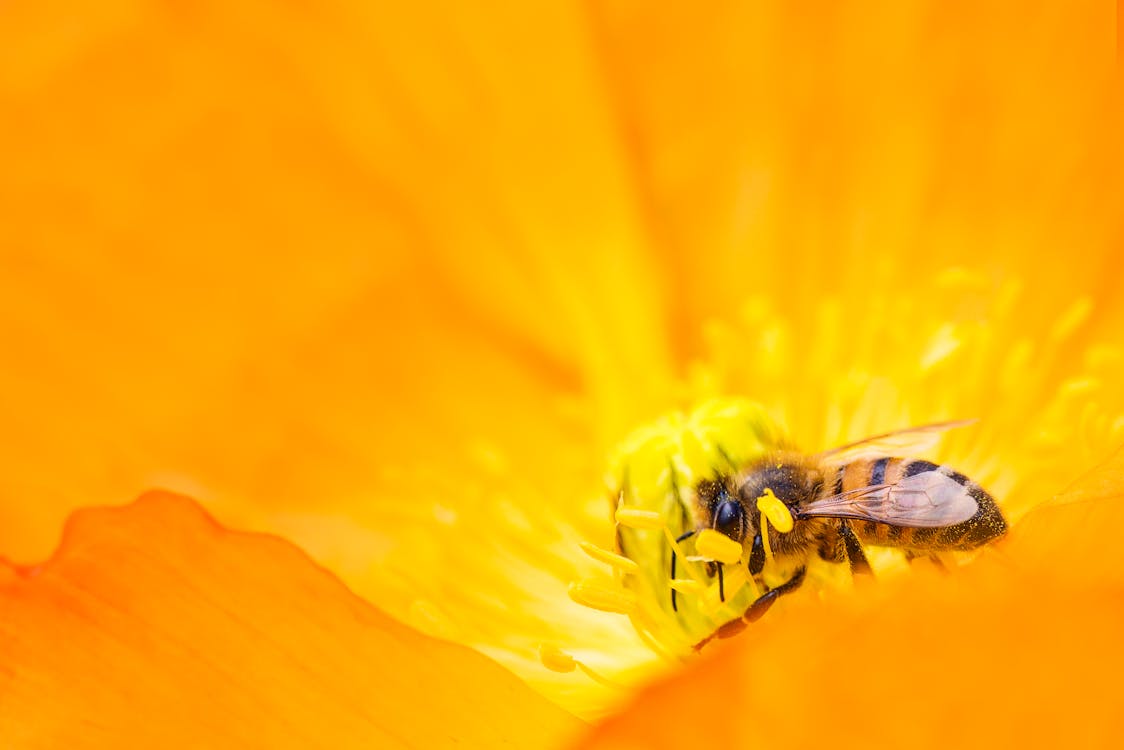It’s true that nature certainly seems relentless, in that it is only capable of preserving such a small slice of its otherwise vast amounts of life present at any given time as fossils; scientists must live with the fact that the animals and plants locked in stone that they find are just a handful compared to the rest that would have been around at the time.
This, of course, doesn’t discourage them from searching high and low for the remains of organisms that in some cases are hundreds of millions of years old. And, in rare cases, nature manages to preserve the organism in question in such fine detail that it’s hard to imagine how it survived geological processes for so long for scientists to find it. You see this in remarkable fossil finds like ammonites with visible muscles and ancient beetles with beautiful patterns still visible.
A remarkable find from reexamined fossil collections within Harvard University’s Museum of Comparative Zoology (MCZ) and the Smithsonian Institution had scientists study two tiny, unassuming fossils of 508 million-year-old ancient arthropods called Mollisonia symmetrica, each one smaller than most medicine pills. The two ancient bugs, however, hid some startling detail: impressions of fossilized nerve tissue. The study detailing these findings were published in the journal Nature Communications.
“It is […] true that we do not have every single characteristic of the nervous system of this animal mapped out, because the fossils only tell us so much,” said first author and curator of Harvard’s MCZ Javier Ortega-Hernández to LiveScience. Additionally, they lament on the obfuscation of certain key features that, had they been clearer, would have helped Ortega-Hernández and the team to locate M. symmetrica’s place in the tree of life.
What remains remarkable, though, is the fact that these nerve impressions are actually still there, preserved despite the hundreds of millions of years since the animals died. These nerve tissue impressions included eyes and nerve cords.
The two tiny fossils of M. symmetrica, on the other hand, were actually obtained from the Burgess Shale, a fossil deposit located in British Columbia that’s known for its unique treasure trove of really ancient fossils from a time when life was locked in the seas. The Harvard fossil was locked in stone in such a way that you were viewing it from the top; the Smithsonian one, on the other hand, was fossilized lying on its side.
Ortega-Hernández recalls spotting something “funky” while combing over the two M. symmetrica specimens under a microscope, saying the nerve tissue impressions looked like “black splotches,” in part due to the fossilization process transforming the tissue into films of organic carbon.
The side-view Smithsonian fossil showed impressions of what was clearly an eye, while the Harvard specimen clearly shows both. Alongside it, the Harvard specimen apparently revealed a bit of its nerve cord; unfortunately, most of this cord was hidden within the predominant impression of its digestive tract.
To Ortega-Hernández and the team, these two stunning finds reveal partial details about M. symmetrica’s place in the family tree, specifically in the realm of the chelicerates, a massive subdivision of the “bug” phylum Arthropoda; modern-day chelicerates include scorpions, horseshoe crabs, ticks, and all living spiders.
To them, while the details aren’t enough to fully determine whether its branch in the tree of life brings it closer to more ancient or more modern chelicerates, the team believes that the discovery of even better-preserved specimens of Mollisonia may finally reveal insights about its nervous system, and how that links to the condensed brains we see in modern-day chelicerates today.
References
- Lanese, N. (2022, January 26). 500 million-year-old, bug-like fossils have stunningly preserved nervous systems. Livescience.Com. https://www.livescience.com/fossilized-arthropods-contain-preserved-nervous-tissue
- Ortega-Hernández, J., Lerosey-Aubril, R., Losso, S. R., & Weaver, J. C. (2022). Neuroanatomy in a middle Cambrian mollisoniid and the ancestral nervous system organization of chelicerates. Nature Communications, 13(1), 410. https://doi.org/10.1038/s41467-022-28054-9










